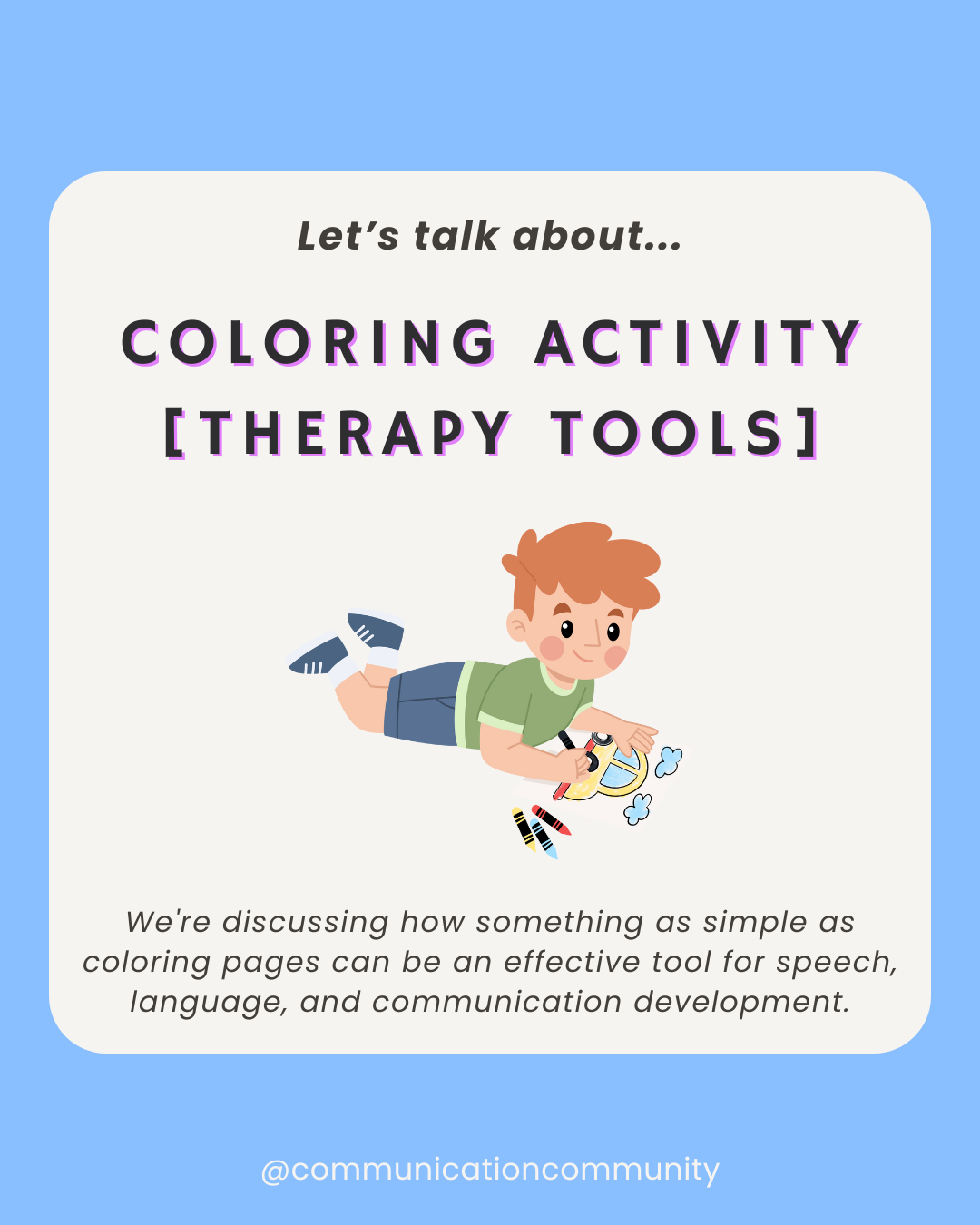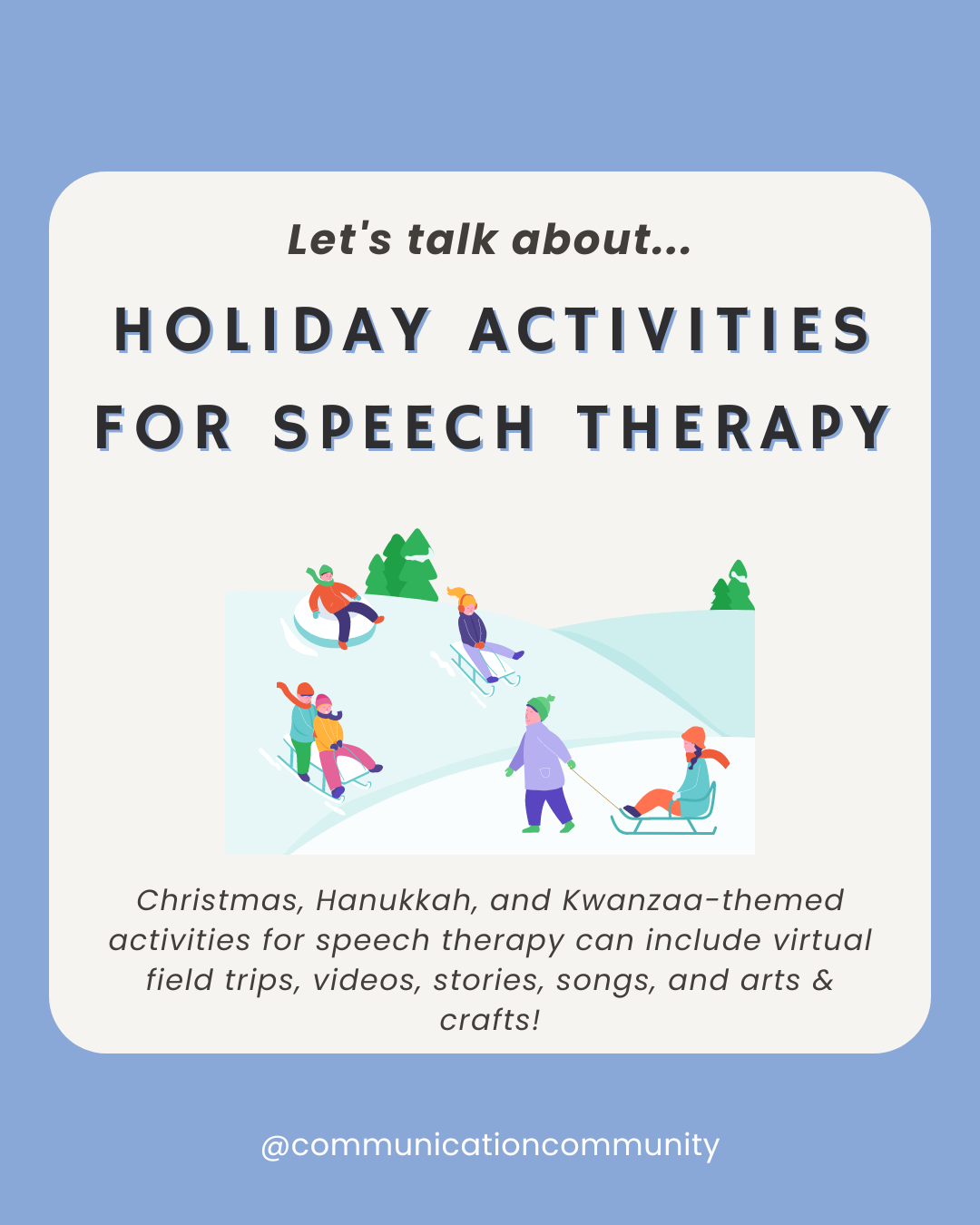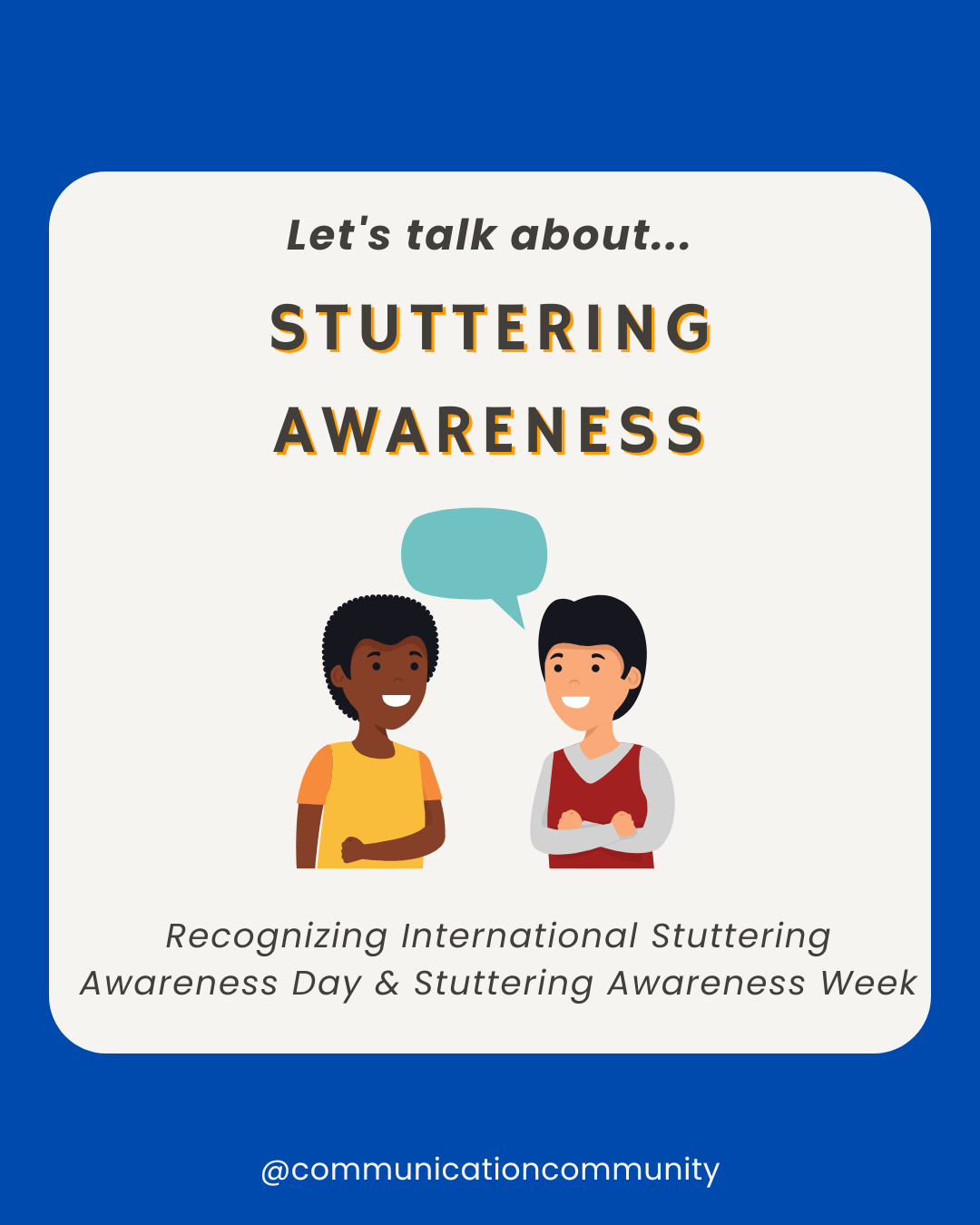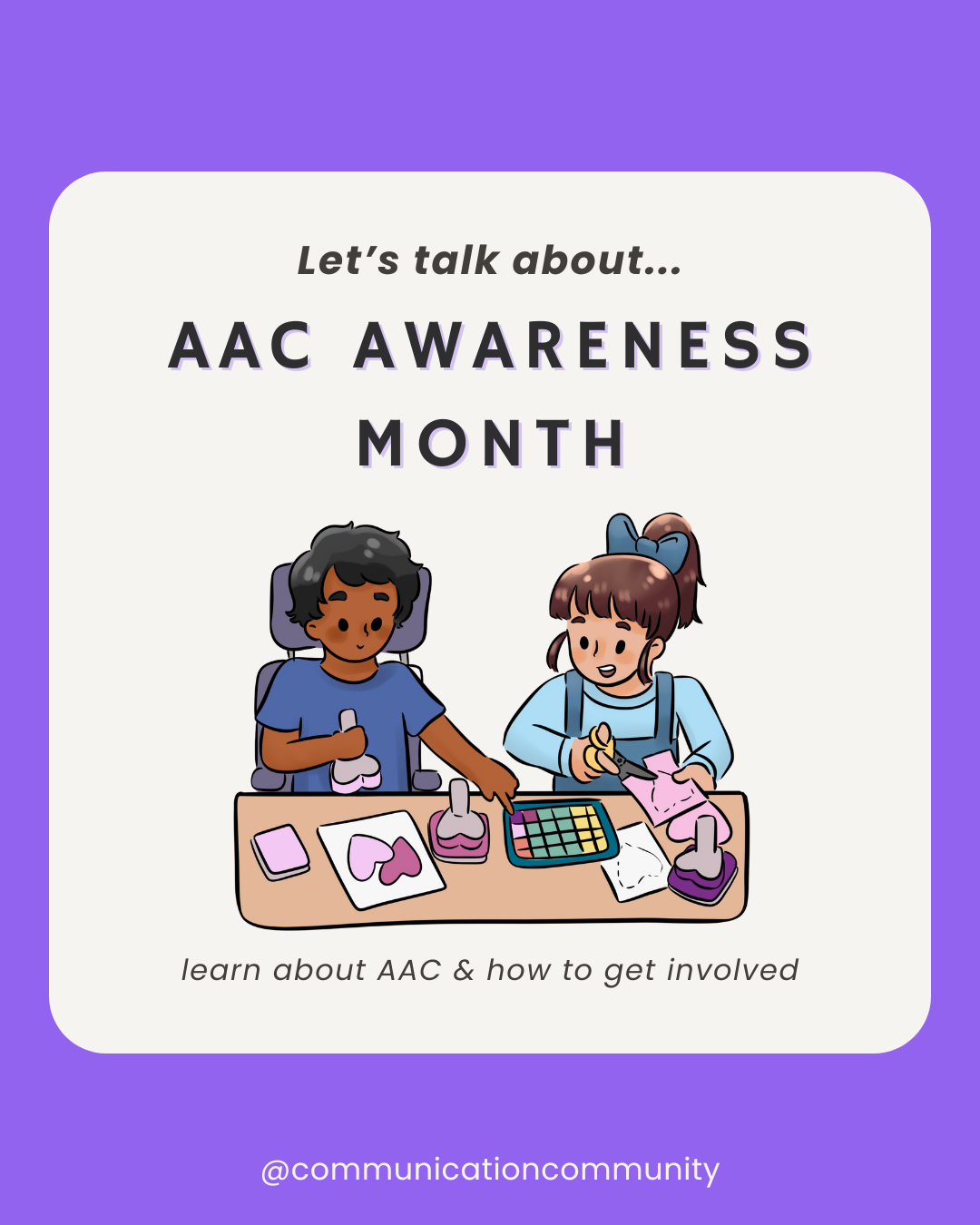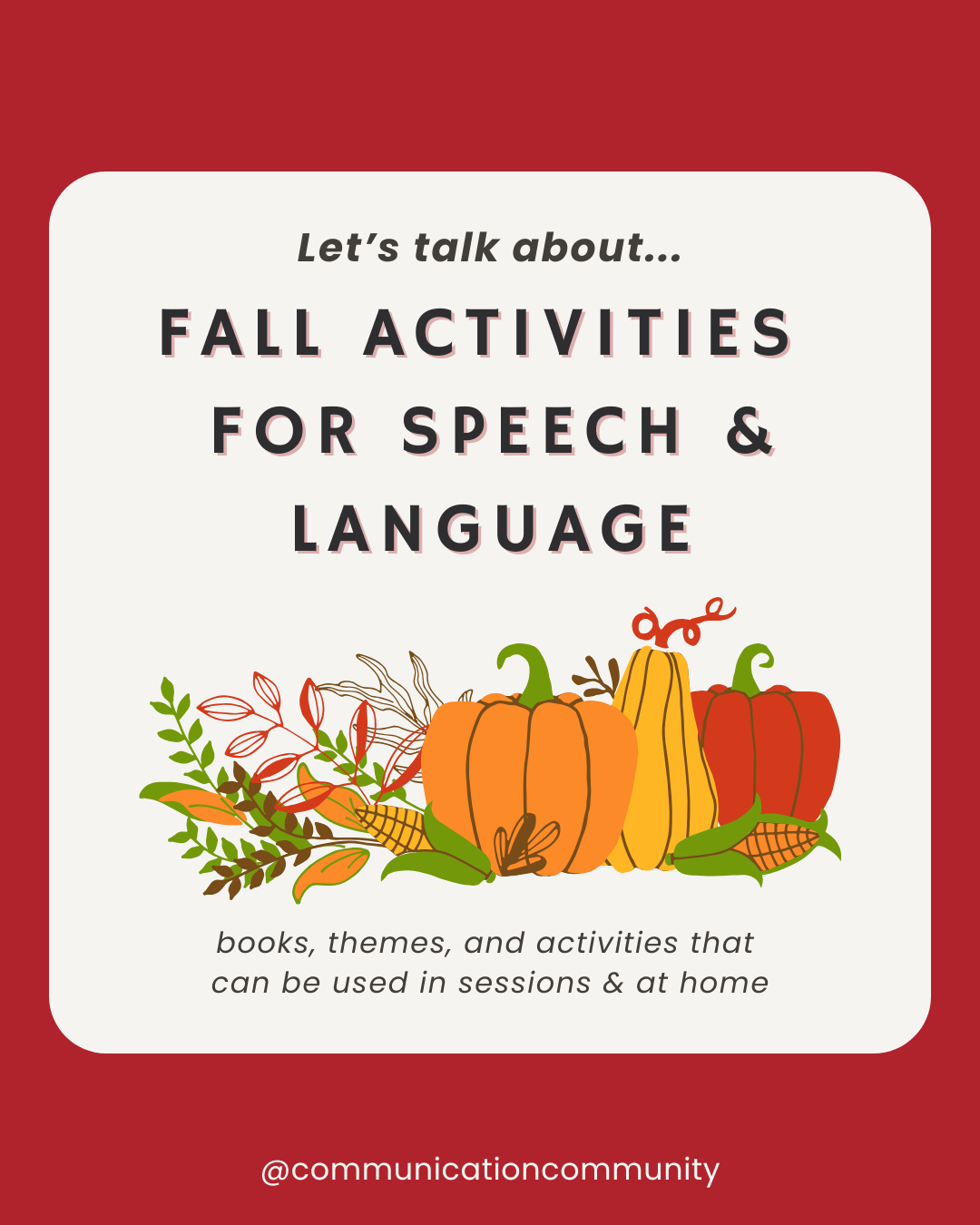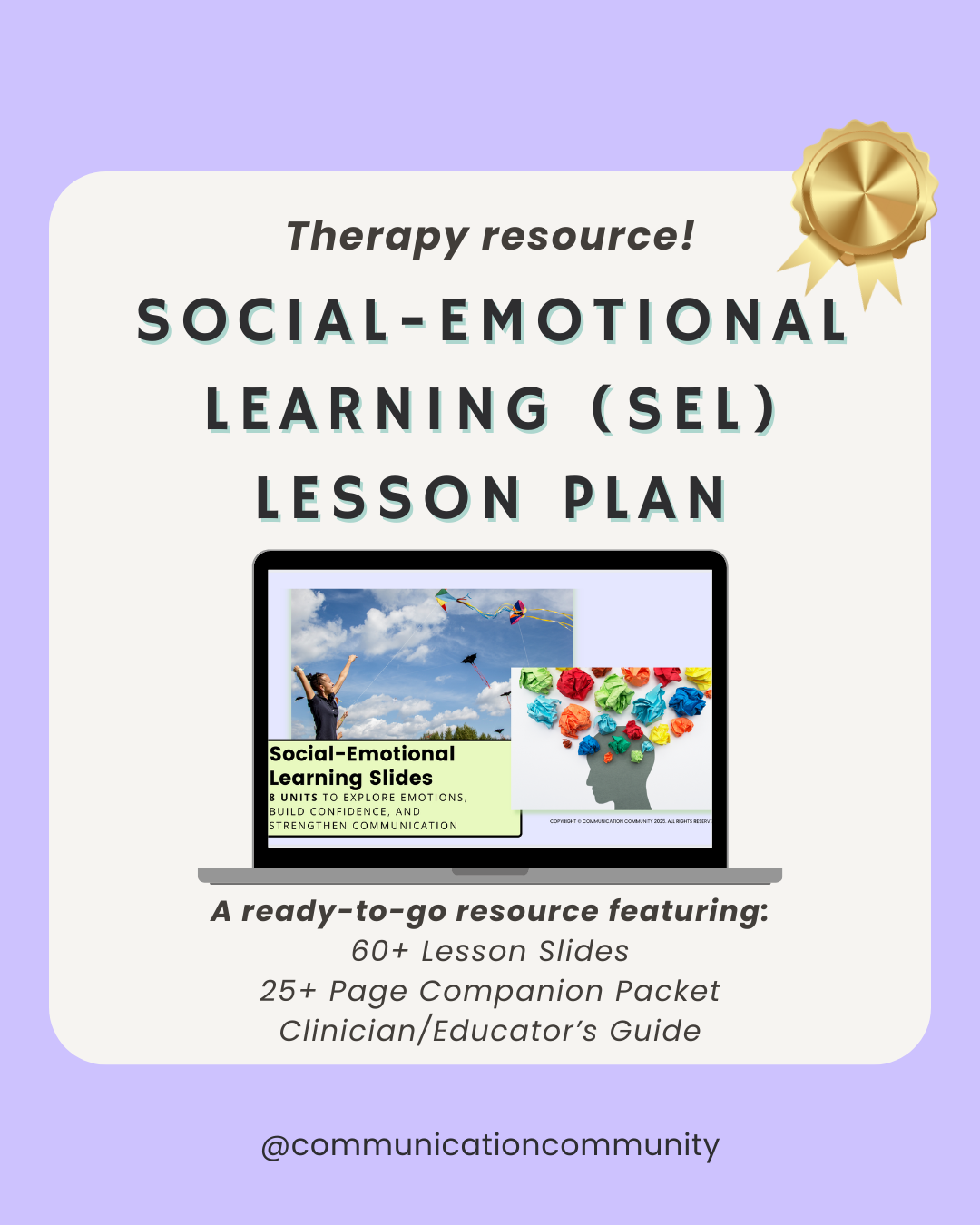In this month’s Best of… article, we are talking about how something as simple as coloring pages can be used as an effective material for speech, language, and communication development.
Why we love coloring pages:
They can be used both at home and during therapy sessions.
They require little prep and planning.
They can be used virtually; important given that most services are still being provided online.
They are easy to find and there are free coloring pages for almost any subject matter.
How we use coloring pages:
In person:
The individual can request a coloring page, choose the one they want, and choose the desired writing material (e.g. crayons, markers). They may also request specific colors to use, and other decorations such as stickers or stamps. Coloring pages can come from a coloring book or found online and printed out for use.
Virtually:
The individual can request a coloring page of a preferred activity. A quick Google Image search (check out our post on that here) yields all sorts of free coloring pages, from favorite sport teams’ logos, a cool car, or horses in a field. I will save the image to my desktop and open it up in an application like Photos or Preview.
Tips for effective use:
Sometimes I will select a page that I know would be preferred for that individual, or I will give them 2-3 options and have them choose the one they want. Here, they are working on receptive language skills (understanding what I am asking them), and expressive language skills (telling me what coloring page they want). If you are able to share your screen and give the individual control over coloring, you can have them pick the colors and color the sheet. If not, you can have tell you what color they want you to color a certain part, which is an example of an individual giving a direction, another expressive language skill.
I try to select coloring pages that have many components to provide more opportunities for language and communication. For example, rather than selecting a simple picture of a horse, I’ll select a picture of multiple horses against a background, so that the individual can color/tell me (give a direction) to color each of the horses, the sky, the fence, and more.


On the left: a simple picture of a horse. On the right: multiple horses with many components to color
Speech, language, and communication skills targeted:
Using a coloring sheet allows for many opportunities to target receptive language, expressive language, and social communication (also known as pragmatic language) goals.
Receptive language skills include understanding what I am asking them, such as what kind of coloring page they want, what materials they want to use, and what colors they want. Expressive language skills include requesting the preferred pages, materials, and colors.
Social communication skills include engaging in communication with another individual and attending to the task itself. Eye contact, turn-taking and initiating the communication are also skills that can be targeted.
Other ways to use coloring pages:
Many individuals may also benefit from having a reinforcer or break at the end or during a therapy session. If coloring is a preferred activity, they might be more willing to complete less preferred tasks knowing that they get to take a “break” after a certain amount of time. They might be able to take a 1-3 minute coloring break after completing 20 articulation drills or working on prepositions for 10 minutes.
For AAC users:
This activity can also be used with individuals who use AAC systems. Depending on the vocabulary on their device, they can also request the types of coloring sheets, materials used, and more, using their device instead of or in conjunction with verbal language. If they do not have specific colors or specific art materials, they can use other vocabulary such as yes/no ("Do you want blue?"), or “I want ___,” “I need help,” “more, please.”
Are there other ways you use coloring pages to engage in speech, language, and communication? Let us know!




